Fluorescence microscope
Head
Trinocular, 30° inclined, 360°rotating
Eyepiece
WF 10x/20
Nosepiece
Quintuple, reversed
Objectives
IOS N-PLAN 4x, 10x, 20x, 40x, 100x (oil/water)
Stage
Double layer, 233×147 mm, moving range 78×54 mm, X-axis rackless
Focusing
Coaxial coarse and fine, limit stop
Condenser
Abbe N.A. 1.25, iris diaphragm, focusable and centrable
Illuminator
Transmitted: 3.6 W X-LED³, manual brightness control
Incident: High-power blue LED
Report Abuse
Shipping Details
Based on 0 reviews
Be the first to review “Fluorescence microscope”
You must be logged in to post a review.
Vendor Information
- Store Name: ATLANTIC Scientific and Research Supply
- Vendor: ATLANTIC Scientific and Research Suply
- No ratings found yet!
-
Health & Medical
Vortex mixer
Ideal for Mixing Solutions in Test Tubes or Small Flasks with Circular, Oscillating Movement
Variable Speed Control Allows Slow Speed Shaking Action up to High Speed Vortexing
CE Certified
PL(Product Liability) Insurance
Gentle Mixing to re-suspending Pellet
Supplied with Ø 76 mm Platform and Pop-Off Cup
Realize High Power, Stable Motion with Low Noise
Tough Metal Housing Provides a Stable Platform for all types of Mixing
3-position Power Switch Operates with Continuous Action or “Touch On” Control
Aluminum Die-casting with Powder Coating
Various Shapes, Sizes and Materials of the Head allows for mixing of almost all Common Tubes or ContainersSKU: n/a -
Health & Medical
Autoclave
Autoclaves are also known as steam sterilizers and are typically used for healthcare or industrial applications. An autoclave is a machine that uses steam under pressure to kill harmful bacteria, viruses, fungi, and spores on items that are placed inside a pressure vessel. The items are heated to an appropriate sterilization temperature for a given amount of time. The moisture in the steam efficiently transfers heat to the items to destroy the protein structure of the bacteria and spores.
The costs of an autoclave can vary greatly because of the various uses and applications of this technology. Industrial and pharmaceutical autoclaves are customized and manufactured for a specific use and therefore costs are likely to differ compared to autoclaves you find in a hospital or dental office.
SKU: n/a -
Health & Medical
Water-Deionizer
Water Deionizer Industrial Waste Water Treatment Equipment Machine
How Water Deionizer Industrial Waste Water Treatment Equipment Works
The Reverse Osmosis process uses a semi-permeable membrane to separate and remove dissolved solids, organics, pyrogens, submicron collodial matter, viruses, and bacteria from water. The process is called “Reverse” Osmosis since it requires pressure to force pure water across a membrane, leaving the impurities behind. Reverse Osmosis is capable of removing 95 – 99% of the total dissolved solids (TDS) and 99% of all bacteria, thus providing safe, pure water.SKU: n/a -
Health & Medical
Door Pulls
Kopperguard™ antimicrobial DOOR PULLS kills greater than 99.9% of Bacteria* within 2 hours of contact!
All Kopperguard™ products are made from CuVerro® antimicrobial copper and registered with EPA as the only solid Antimicrobial Surface
Incorporation of Kopperguard™ antimicrobial product into your facility can help reduce the bacteria* that cause infections
Available in a brushed rose gold finish that elegantly lets everyone know the steps you have taken to provide continuous protection against disease-causing bacteria*
Antimicrobial protection never looked so good!
Offered in 8”, 10”, 12” sizes for easy installation
SKU: n/a -
Health & Medical
Microtome
The M-240 microtome from Myr uses state-of-the-art technology and embodies the company´s commitment to quality and excellence in microtomy. It provides the operational convenience and the stability required for outstanding sectioning in routine, research and industry applications
SKU: n/a -
Health & Medical
Laminar air flow horizontal
Laminar Flow Cabinet – is used only for sample protection. Laminar Flow Cabinet is a work bench or similar enclosure, which creates a particle-free working environment by taking air through a filtration system and exhausting it across a work surface in a laminar or unidirectional air stream.
SKU: n/a



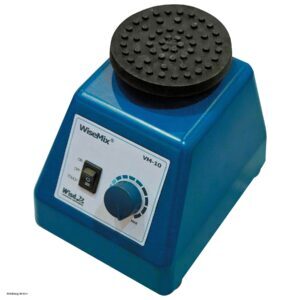
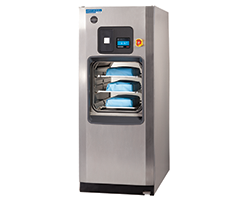
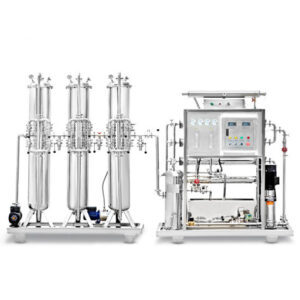
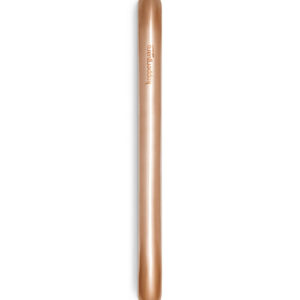

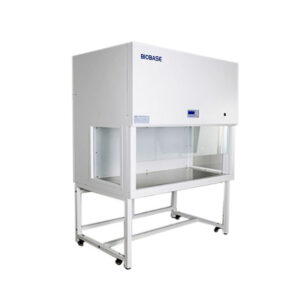

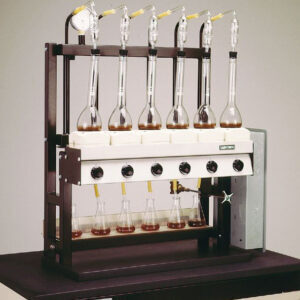

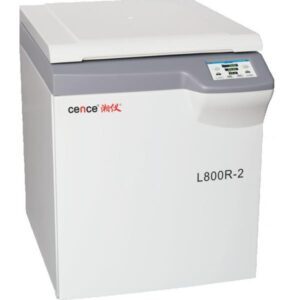

There are no reviews yet.